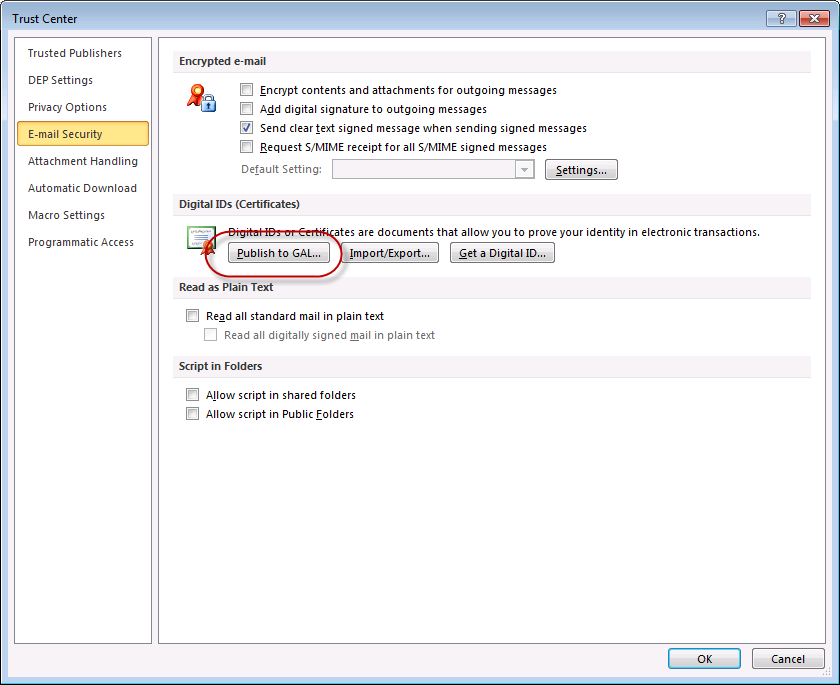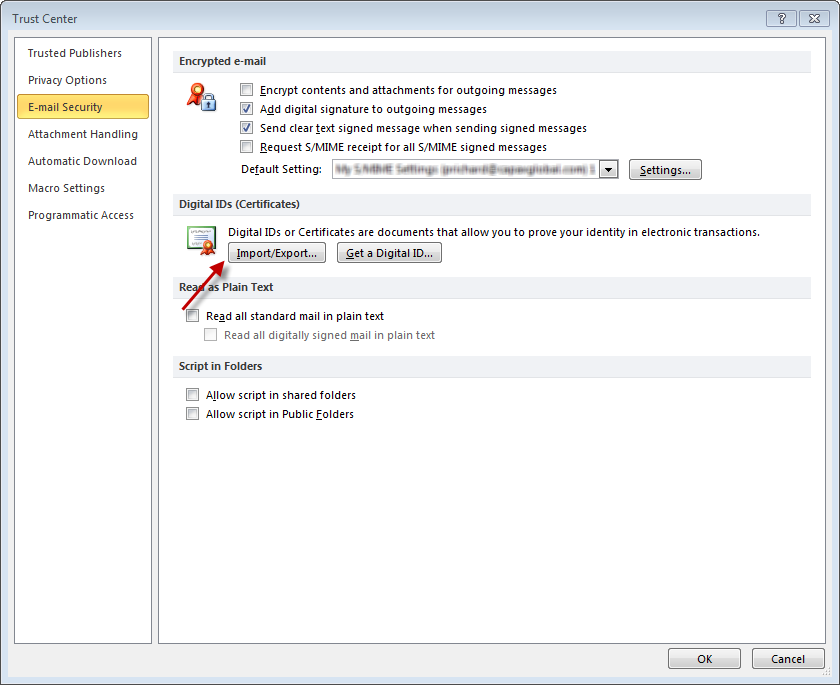Microsoft has released Service Pack 1 (SP1) for Exchange Server 2010. See the Release Notes for Exchange 2010 SP1 for more information, including a list of known issues.
The 522MB download is just like RTM – a full install package. Existing installations can be upgraded, as new installs can be completed with the Service Pack integrated.
What’s New in Exchange 2010 SP1 has a comprehensive list of the changes and enhancements, including:
New Deployment Functionality
- During an Exchange 2010 SP1 installation, you can now select a new option to install the required Windows roles and features for each selected Exchange 2010 SP1 server role. For more information, see New Deployment Functionality in Exchange 2010 SP1.
Client Access Server Role Improvements
- Federation Certificates
- Exchange ActiveSync
- SMS Sync
- Server-Side Information Rights Management Support
- Outlook Web App Improvements
- Reset Virtual Directory
- Client Throttling Policies
Improvements in Transport Functionality
- MailTips access control over organizational relationships
- Enhanced monitoring and troubleshooting features for MailTips
- Enhanced monitoring and troubleshooting features for message tracking
- Message throttling enhancements
- Shadow redundancy promotion
- SMTP failover and load balancing improvements
- Support for extended protection on SMTP connections
- Send connector changes to reduce NDRs over well-defined connections
Permissions Functionality
- Database scope support
- Active Directory split permissions
- Improved user interface
Exchange Store and Mailbox Database Functionality
- With the New-MailboxRepairRequest cmdlet, you can detect and repair mailbox and database corruption issues.
- Store limits were increased for administrative access.
- The Database Log Growth Troubleshooter (Troubleshoot-DatabaseSpace.ps1) is a new script that allows you to control excessive log growth of mailbox databases.
- Public Folders client permissions support was added to the Exchange Management Console (EMC).
Mailbox and Recipients Functionality
- Calendar Repair Assistant supports more scenarios than were available in Exchange 2010 RTM.
- Mailbox Assistants are now all throttle-based (changed from time-based in Exchange 2010 RTM).
- Internet calendar publishing allows users in your Exchange organization to share their Outlook calendars with a broad Internet audience.
- Importing and exporting .pst files now uses the Mailbox Replication service and doesn’t require Outlook.
- Hierarchical address book support allows you to create and configure your address lists and offline address books in a hierarchical view.
- Distribution group naming policies allow you to configure string text that will be appended or prepended to a distribution group’s name when it’s created.
- Soft-delete of mailboxes after move completion.
High Availability and Site Resilience Functionality
- Continuous replication – block mode
- Active mailbox database redistribution
- Enhanced datacenter activation coordination mode support
- New and enhanced management and monitoring scripts
- Exchange Management Console user interface enhancements
- Improvements in failover performance
Messaging Policy and Compliance Functionality
- Provision personal archive on a different mailbox database
- Import historical mailbox data to personal archive
- Delegate access to personal archive
- New retention policy user interface
- Support for creating retention policy tags for Calendar and Tasks default folders
- Opt-in personal tags
- Multi-Mailbox Search preview
- Annotations in Multi-Mailbox Search
- Multi-Mailbox Search data de-duplication
- WebReady Document Viewing of IRM-protected messages in Outlook Web App
- IRM in Exchange ActiveSync for protocol-level IRM
- IRM logging
- Mailbox audit logging
Unified Messaging Server Role Improvements
- UM reporting
- UM management in the Exchange Control Panel
- Cross-Forest UM-enabled mailbox migration
- Outlook Voice Access improvements
- Caller Name Display support
- Test-ExchangeUMCallFlow cmdlet
- New UM Dial Plan wizard
- Office Communications Server “14” Support
- Secondary UM dial plan support
- UM language packs added
- Call answering rules improvements
- Unified Communications Managed API/speech platform improvements
- UM auto attendant update
Audit Logging Improvements
- Improvements in administrator audit logging
- New mailbox audit logging
Support for Coexistence with Exchange Online
- Migration of UM-enabled mailboxes
- IRM support for coexistence
- Remote Mailboxes
- Transport
Support for Multi-Tenancy
Upgrade from Exchange 2010 RTM to Exchange 2010 SP1 includes details you should know before upgrading, as well as how to upgrade including upgrading DAG members.
Equally important is Exchange 2010 Prerequisites, which details which hotfixes you need to install before doing a clean install of Exchange 2010 SP1, or when upgrading an RTM installation. Be prepared, as several of the 2008 R2 hotfixes require a reboot.
Download the Service Pack here.







Follow Me